In a nod to this year’s Burning Man theme, the recent Australia and New Zealand Burners Leadership Summit (ANZLS) declared: “We are not robots!”
The theme of the second annual ANZLS was designed to spark conversations about what makes our Burner events, communities and culture so different Down Under, mirroring the question posed by Burning Man scribe Caveat Magister, what is it that we think humans can do that robots can’t?
But the theme took on new depths as 49 Burners from Australia, New Zealand and China gathered in Melbourne on 2 June 2018 to question our place in the Burnerverse and to poke holes in bubbles: the San Francisco hub, our playas and Regional Events, and our ‘unique’ Burner culture.
The ANZLS is the latest in a constellation of leadership conferences around the world. It joins the ranks of the Mid-Atlantic Leadership Conference and Multi-Regional Summit in the U.S. and the European Leadership Summit, which hosts Burners from 29 different European countries.
These conferences are designed to facilitate what Burners do best: coming together to conceive and create something that’s more than the sum of our parts. They are an opportunity to share skills, experiences and ideas; to network and connect with the moving parts of our communities; and to find new and meaningful ways to work together.
The conferences follow in the footsteps of the San Francisco-based Global Leadership Summit, which is taking a break this year to examine the scope, audience and purpose of the gathering.

Kool Aid With a Cynicism Chaser
But while these conferences are great places for inspiration and learning, they sometimes fall prey to a little self-congratulatory rah rah.
Burners love to joke about drinking the Kool-Aid of Burning Man culture, and this year’s ANZLS was laced with a healthy dose of affectionate cynicism and critical inquiry into this thing we all love and sweat over.
Meta Regional Contact and former China and Taiwan Regional Contact, Ian Rowen, kicked off the day and set the tone with his provocative keynote speech, “Culture, Capital and Copycats in a globalizing Burnerverse.”
Swooping across continents and history, Ian drew dense and hypnotic circles that linked wide-ranging concepts, movements and systems.
He pointed to centuries-old concepts of Chinese shangzai and French detournement that “explode simple distinctions between real and fake, official and unofficial, and authentic and inauthentic” as a means of culture-jamming or revolution.
He drew in movements like the Letterists and the Situationists, which spawned groups such as the Suicide Club and Cacophony Society, which in turn influenced Burning Man.
And he invited Marxism, communism, capitalism and Google to join the circle as he called on the room to consider the blurred lines between original and counterfeit; between official events and knock-offs with their own subversive, creative energies; between Regionals and the San Francisco nexus; and between Burning Man’s own lines in the sand.
The Real Deal?
In doing so, his presentation pondered: Are Regionals the ‘real thing’? Are we more Burning Man than Burning Man? Are we the frontiers of our collective future? Or are we slavishly following an original that’s not the real deal either — more robot overlord than font of all that is Burner holy?
“This year’s event theme, and the summit’s own cheeky response to it, explores the line between man and machine, and asks who will be master and who will be slave? In a more geographical register, we might ask ourselves: where is the center and where is the periphery of our global Burner universe?” said Ian, who also pointed to other shifting boundaries.
“I’ve come to believe that Burning Man’s line on copycats and commodification has always been something of a moving target, and it’s made me reconsider the reasons I choose to gift my time to police the Project’s intellectual property. This has led me to reconsider a few fundamental questions:
“What makes a Regional event a Burning Man event, and does it matter? Is something a Burning Man event because it looks and sounds like one? Is something a Burning Man event because it receives official authorization from headquarters in San Francisco? Is something a Burning Man event because it claims to adhere to a set of 10 principles that were articulated by Larry Harvey to guide the budding Regional Network as late as 2004, well after Black Rock City had congealed into a stable form?”

Spectacle, Situation or More?
And what about Burning Man’s own ability to live up to its philosophical template?
“[Guy] Debord and the Situationists called for the creation of situations, events that produce revolutionary ruptures in the alienating fabric of everyday life. In one sense, Burning Man could be seen as the most successful such situation in history,” Ian said.
“On the other hand, its recuperation by banks, its engagements with the world’s most powerful advertiser and its incubation of plug ‘n’ play camps and other class divisions could simultaneously qualify it as the most successful spectacle ever seen,” he said.
“Yet, for all its contradictions, this spectacle may harbor the seeds of its own transcendence, if Marx, Debord or even Uncle Larry are to be trusted. Everyone in the room is part of this story.”
Question time picked up the narrative of cultural counterfeiting and threw in colonisation for good measure. Many were fascinated with the challenges of establishing Dragon Burn and a Burner community in China, a country not known for its political or social freedoms.
Jodi York, Melbourne Regional Contact, wondered aloud about the role of Regionals in localising Burner culture and events in countries with such diverse histories, cultures and systems. “When does acculturation become colonisation?” she mused.
“A more productive word might be hybridization,” responded Ian, touching on an approach that many Regionals outside North America ponder. “It’s not a matter of acculturating Chinese people to San Francisco values. Does that feel like Burning Man? Does it have the same sense of magic? The translation of a Burn is not a one-to-one mapping.”
Where to Next?
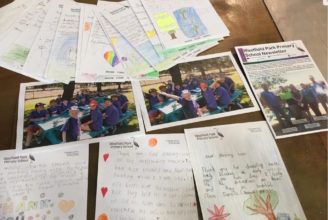
Phil Smart, Brisbane Regional Contact and co-founder of the first Australian Regional Burn, Burning Seed, then picked up the baton with his presentation, “What now?”
Like many Burners whose years of involvement have reached the double digits, Phil has been pondering his long-term relationship with Burning and how to keep it meaningful.
He’s also keen to explore beyond the bubble of the playa, paddock and events — and has discovered others in our community asking the same questions.
“After my first Burn in 2001, I came back to Sydney and felt like the only Burner in the village. It blew my mind to come back and find no one even knew about it and there was no one to share it with,” Phil said.
“But we’ve come a long way from where we started just over 10 years ago. The first thing was a film night in a St. Kilda café in 2006 and then the proto-Seed in 2009, and now we’ve got three Burns in Australia and one in NZ. The question is: now what?”
“Not everyone wants to do more — a lot of people are happy just doing events — but I’ve discovered from the talks over the last few days that there are quite a few people who feel like me. We want to do more.”
On the back of Larry Harvey’s recent death, Phil was also re-inspired by some of Larry’s talks and this salient reminder: We’re not trying to hide from the world, we’re trying to change it.
“And that’s what I feel about what we do,” Phil said. “When we have an event, it sometimes feels a bit like a gated community for Burners. I’m interested in going beyond that and making Burner events for non-Burners.”
Projects Beyond the Paddock or Playa
He pointed to standard festivals as a potential avenue for this outreach, which could include Burners helping to implement Leave No Trace and consent initiatives.
The Temple of Christchurch was also a powerful example of how local Burners had brought a Burner experience into a non-Burner community.
“Public art isn’t a new idea, but how can we do it better? We’ve got the Temple of Christchurch and the guys in Perth doing the Kraken Burn on the beach. We’ve also had the idea for Red Earth Arts Foundation for a long time,” he said.
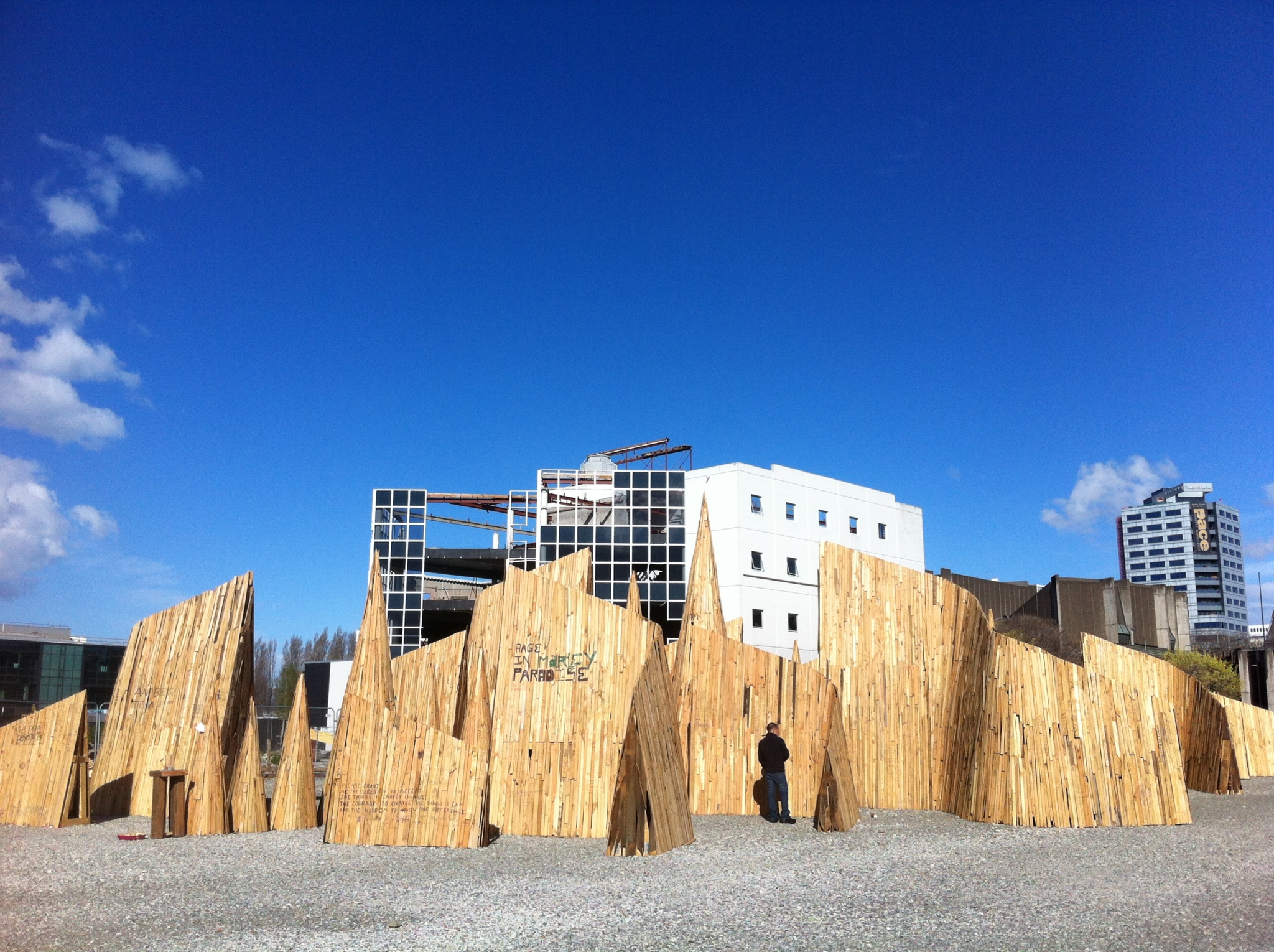
Moreover, Phil was interested in establishing connections between our Burner communities and other like-minded communities or organizations.
“The outreach to other communities you can model on things like Black Rock Solar or Burners Without Borders. Those things are great, but when we were trying to build a Burn here, we took it upon ourselves to do it our way,” Phil said.
“The same is true for Burners Without Borders — what can we do that adapts to Australia and our own environment? Could we have something like Burners for Farmers? How could we help the rural community where we hold our events?”
Meanwhile, he said, Burning Seed had spawned eco-projects such as Red Earth Ecology, which organizes native plantings with local farmers and is about to start an urban renewal project in Matong, the small country town local to the event site.
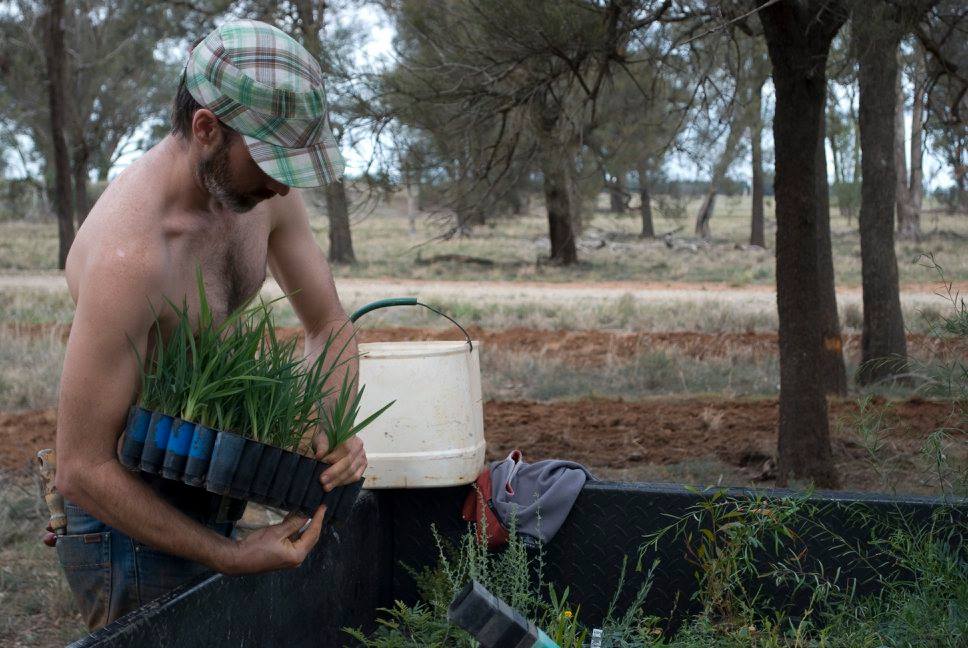
Blazing Swan has also birthed a makerspace and community hub called Nest. This space supports unemployed community members by running work-for-the-dole programs, which include building picnic tables and donating them to local schools, and refurbishing scrapped bicycles and donating them to charities. Swan also works with the local council to produce the urban Kraken Burn.
Shape-Shifting in Service of Others
During question time, summit participants also had a lot to say about working with other communities and breaking out of echo chambers.
The conversation centered on the importance of recognizing the Burner community’s historical lineage of movements and traditions, as well as recognizing our place among the contemporary groups riding the wave of social change beside us.
“Waves doesn’t exist in isolation; they exist as part of a system,” said Shane ‘Sugar’ Sugrue, the Comms Team Lead for Modifyre, Australia’s newest Burn, based in Queensland. “It’s important to remember that what we’re doing just exists as one of many similar organizations, all pushing for some kind of good, but from different aspects or in different ways.”
He said the power of his Burner community was to shape-shift and deploy for other communities — and to learn from them too.
“Once you’ve been out on that edge together with a group of people, I think it builds a capacity, which you can then recreate and deploy in service of other communities or circumstances,” Shane said.
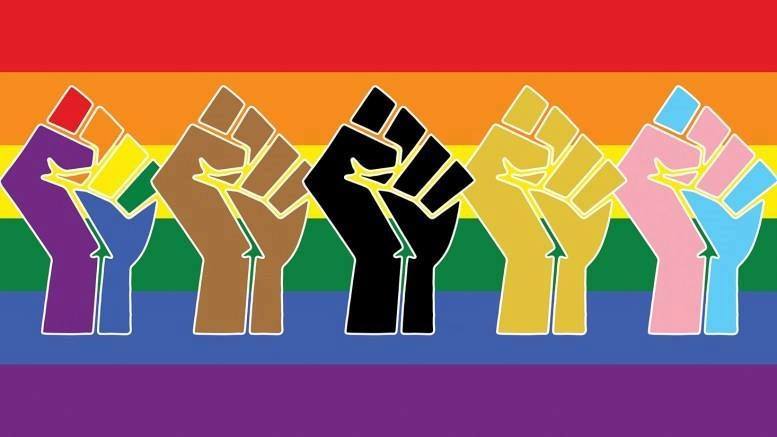
The Modifyre community recently used this capacity to help People’s Pride Festival, a queer protest party, get off the ground. Police had withdrawn their support at the last minute, leaving the street party without the relevant permit and an event location. There were also serious gaps in the event’s operations.
The Burner community rallied and brokered the use of a venue where Modifyre stored their event stuff. They also turned Modifyre’s event management plan into a plan for People’s Pride Festival, deployed their volunteer coordinator to wrangle helpers and their medic team to run first aid, and implemented rangers that they dubbed ‘welfairies’.
Two-Way Learning
But the learning went both ways. “We learned what it means to create an actual radically inclusive space, because we talk about inclusivity all the time with the Burn, but it’s inclusive up to a point. It’s still accessible primarily to white, rich people,” Shane said.
“It was a rare situation where I was by far and away in the minority organizing that event. That experience was hugely important, because there has been a very strong and conscious effort to make Modifyre as inclusive as possible.”
Emma Necus, Modifyre Temple Lead and member of the Wonky Queenslander theme camp, also talked about implementing a traffic-light card system to educate people about consent at one of her camp’s party. She said: “I think it’s about taking things that you learn at Burns into the real world and sharing that message. You can teach each other so much.”
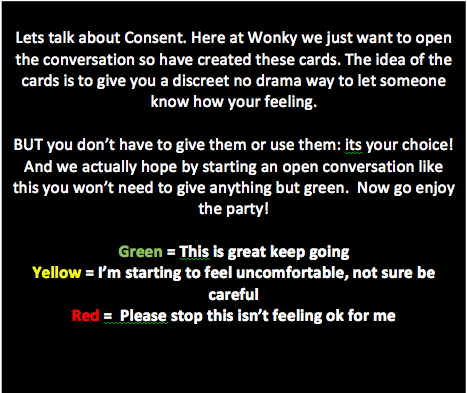
Walking the Talk Down Under
And in the spirit of playing well with others, summit participants finished the day by awarding a Burners Without Burners civic ignition grant to Shed 11, a collaborative makerspace and community hub in Newcastle, a small city two hours north of Sydney.
Members of Burners of Sydney and Surrounds (BOSS) will work closely with like-minded community and artistic groups to build art, take public art into the city’s neighborhoods, run up-skilling workshops and inspire the broader Newcastle community to get creative.
The day also ended with the possibility of including Burners from AfrikaBurn and other Asian Burns in next year’s summit, as we continue to explore what it means to run events in our neck of the woods and to apply what we learn in our communities.
“In part, there is a discussion about decoupling Burning Man from Burner culture as we further and further evolve it. What does that look like? Especially as we do our own thing here in Australia and New Zealand,” Phil said.

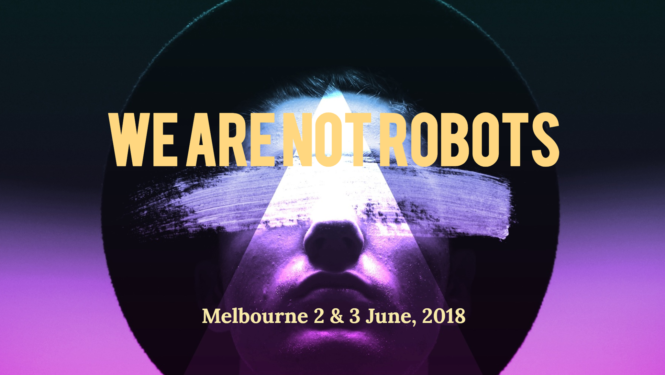
Thanks Jane, great read. We all need to break out of robot thinking mode.
Report comment
Comments are closed.